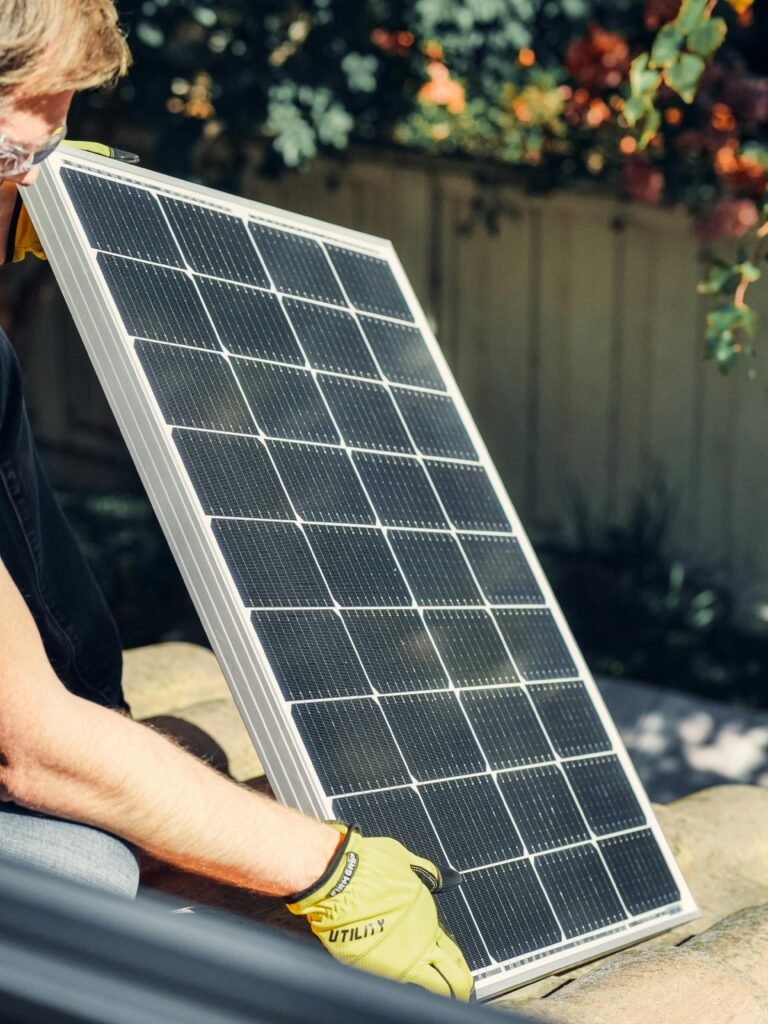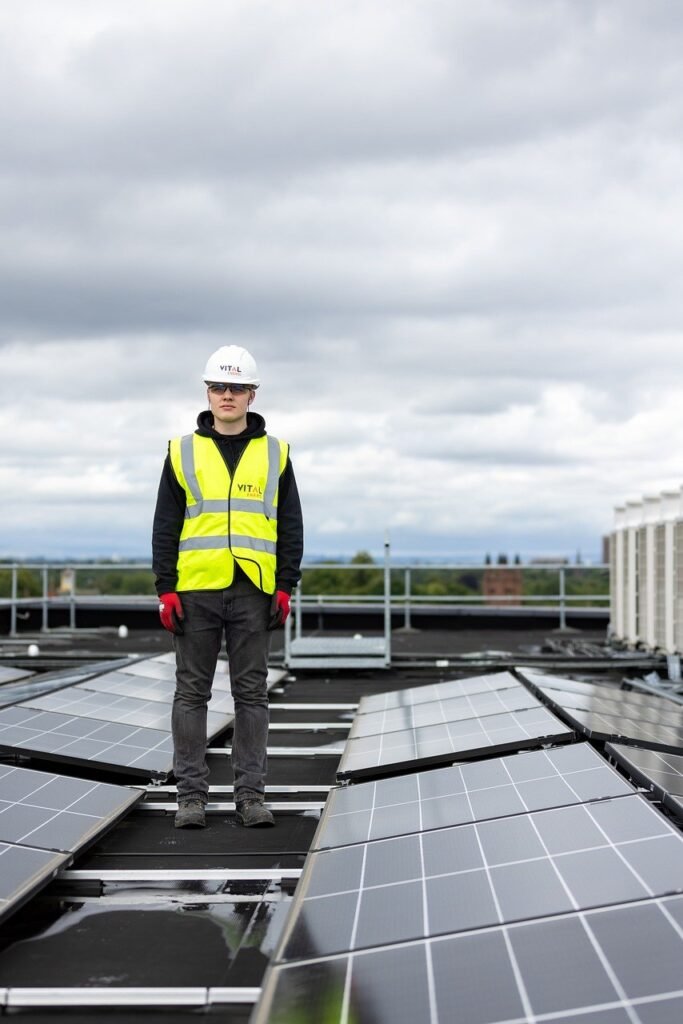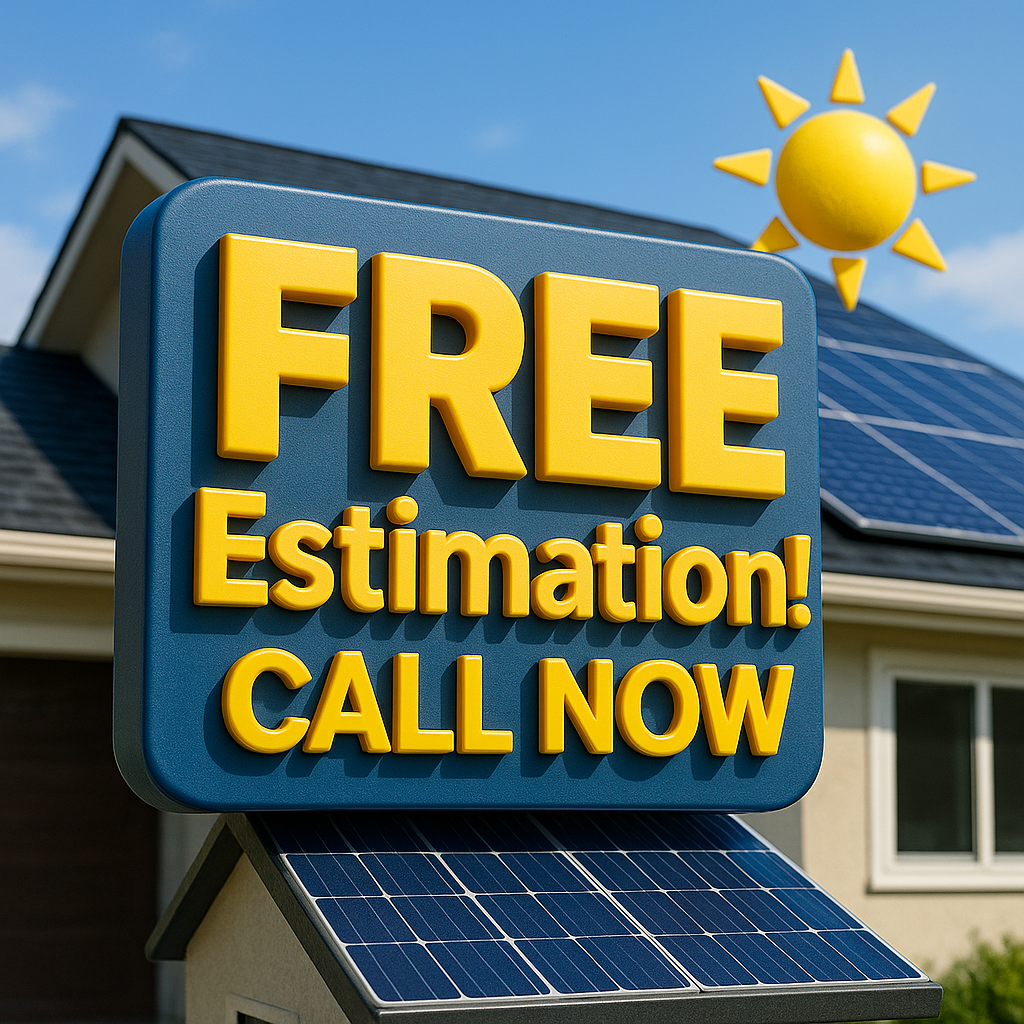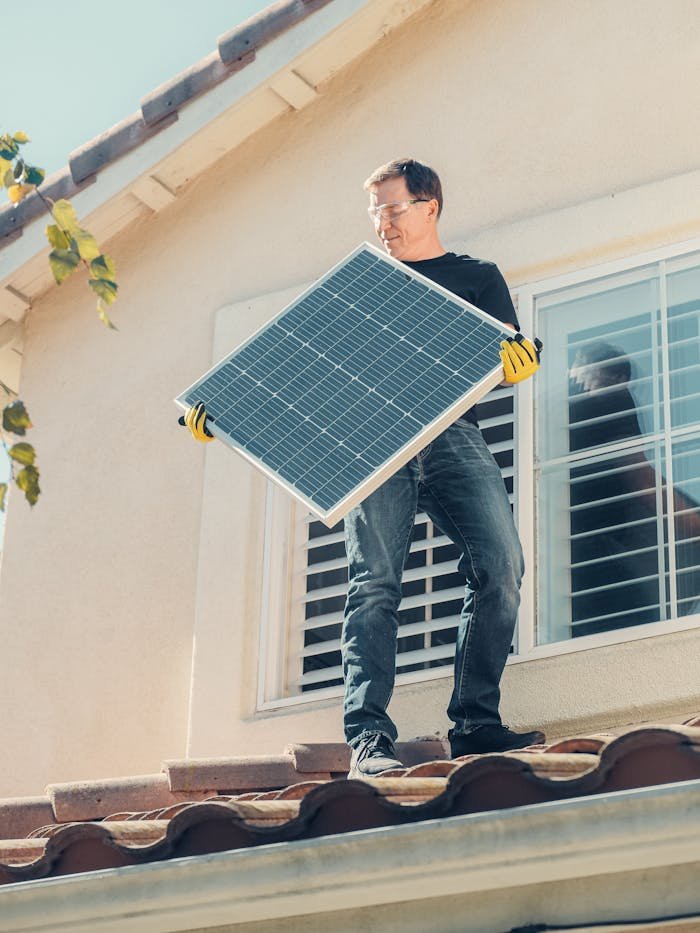If you’ve been thinking about renewable solutions, this region is one of the top spots to make a change. With plenty of sunlight and policies that benefit homeowners, it’s a great place to cut costs while going green. Whether you’re a homeowner looking to cut your electricity bills or a business owner aiming for energy independence, Texas has the resources to make your solar journey smooth and affordable.


.
Why Solar Power Makes Sense
Switching to renewable solutions is about more than just helping the environment. It’s a smart financial move and a step toward a brighter future. Here are the top reasons why making this investment is a game-changer:
- Independent Living: Creating your own clean power at home means you’re no longer tied to traditional utility companies. By generating what you need right from your property, you gain more freedom, predictability, and peace of mind. This approach allows you to manage your usage more effectively while minimizing monthly expenses and avoiding unpredictable rate hikes. It’s a smart way to stay ahead while embracing a more self-reliant lifestyle.
- Trim Down Those Monthly Bills: When you generate power on your own—right from your property—you can drastically reduce or even wipe out what you owe the utility company each month. Over time, this shift can lead to serious financial relief, especially as traditional grid costs continue to climb.
- Earth-Conscious Solution:
Modern technology designed for clean power generation helps reduce pollution in the air, cuts down on harmful emissions, and encourages a healthier, more balanced environment for future generations. - Increased Property Value:
Homes fitted with modern, eco-conscious technology often attract more attention on the market. Buyers appreciate the long-term cost savings and sustainable features, which can lead to quicker sales and higher asking prices compared to similar properties without these upgrades.
Financial Benefits of Solar Energy
Switching to renewable solutions may require an initial investment, but the long-term benefits are clear. Here’s how you benefit:
- Federal Tax Credits
The federal government currently provides a 30% tax credit for those investing in clean power solutions. So, if the total cost of your setup is around $20,000, you could receive up to $6,000 back in the form of a credit on your federal tax return. This incentive helps offset the upfront expense and makes the transition to alternative power sources more affordable for homeowners and businesses alike. - Utility Rebates
Several local utility companies may offer special incentives to encourage eco-conscious home improvements. These deals can help reduce your initial investment when upgrading to a more efficient power setup for your property. - Net Metering
If your setup produces more power than you actually need, many utility companies will credit your account for the extra output. These credits can then be applied to future utility bills, effectively lowering your overall costs over time. - No Sales Tax
Many states waive sales tax on renewable equipment, lowering your upfront costs when setting up the system.
Steps to Transition to Solar Power
Switching to it involves a straightforward process. Here’s a step-by-step guide to help you get started:
- Evaluate Your Property
Ensure your rooftop gets plenty of direct sunlight throughout the day and is structurally strong enough to support the weight of the equipment. If your roof isn’t ideal—due to shading, orientation, or condition—setting up the equipment on the ground in an open, sunlit area can be a great alternative that still delivers reliable performance. - Research Solar Companies
Choose a well-established provider with a solid track record of delivering high-quality results. Look for companies that back their work with warranties and offer dependable customer service throughout the entire process. A trustworthy company will guide you through every step, answer your questions clearly, and ensure everything is done right from start to finish. - Understand Financing Options
You can finance your clean power setup through a variety of options such as personal loans, leasing programs, or pay-as-you-go agreements. Each method comes with its own pros and cons, so it’s important to take a close look at what works best for your budget and long-term goals. Whether you’re looking to keep upfront costs low or prefer to eventually own the equipment outright, there’s a plan out there to match your needs. Be sure to compare interest rates, contract terms, and potential savings over time before deciding. - Installation and Permits
Once you’ve selected a trusted contractor, they’ll take care of all the paperwork and permits required by your local government and utility provider. After everything is approved, the technician will handle the full setup of the equipment on your property. Once the work is complete, an inspector will come out to ensure everything meets safety and performance standards. After passing inspection, your setup will be connected to the grid so you can start benefiting from your new upgrade. - Start Saving
Once everything is fully operational, you’ll begin to notice a drop in your monthly power expenses almost immediately. Along with the cost reduction, you’ll also gain peace of mind knowing you’ve invested in a forward-thinking solution that supports long-term sustainability and offers greater independence from traditional utility providers.
How Solar Panels Work
These systems capture sunlight and transform it into usable electricity. Here’s how it works:
- Solar Panels: Harness the sun’s rays and transform them into direct current (DC) power that can be used to operate household devices and appliances.
- Inverter: Transforms direct current (DC) into alternating current (AC), making it suitable for household use.
Most devices and appliances in your home run on AC, not DC. The converter acts as the bridge—taking the raw power collected from the source and modifying it into a usable form so your lights, fridge, TV, and other essentials operate smoothly and safely. - Battery Storage (Optional): This optional add-on stores the extra power your setup generates throughout the day. It becomes especially useful when the weather turns cloudy or during times when the main power grid goes down. Instead of being left in the dark, this backup unit kicks in to keep your lights, appliances, and devices running smoothly, offering peace of mind and added reliability when you need it most.
- Grid Connection: Any surplus electricity is sent back to the grid, often earning you credits.
Frequently Asked Questions About Solar Energy
Q. How much does it cost to set up a system?
A: For most homeowners, the typical setup costs between $15,000 and $25,000. However, you can significantly reduce this amount through available tax incentives and rebate programs offered by the government and certain utility providers.
Q: What is the lifespan of solar panels?
Most units are built to function efficiently for 25 to 30 years and typically come with warranties that cover performance and product integrity throughout that entire period. These warranties often ensure that the equipment maintains a high output rate over time, offering long-term reliability and peace of mind for homeowners.
Q: Do they function without grid electricity?
A: When there’s a power outage, the setup won’t function on its own unless you’ve added extra components. However, if you combine it with a battery backup, you can continue to power your home or business even when the main grid goes down. This extra layer helps keep your lights on and your essentials running without interruption.
Q: Are they compatible with level rooftops?
A: Absolutely! Flat rooftops can still be a great option. With the help of specially designed mounting equipment, the setup can be angled just right to capture sunlight effectively. These mounts are engineered to ensure proper tilt and stability, allowing your setup to perform efficiently even on a level surface.
Environmental Impact
Choosing renewable technology is one of the best steps to shrink your environmental impact. Conventional electricity generation often releases harmful emissions linked to climate change. Renewable alternatives provide a cleaner, endlessly replenished solution. Adopting this technology allows you to actively support a more sustainable future.
Long-Term Advantages of Solar Energy
- Energy Cost Stability
While typical utility rates can fluctuate over time, investing in modern power alternatives lets you lock in lower costs and enjoy consistent savings well into the future. - Backup Power During Emergencies
Teaming them up with a backup power source means your lights stay on even when the grid goes down. Whether it’s a storm, blackout, or maintenance issue, you’ll still have access to power when you need it most—no scrambling for flashlights or worrying about spoiled food. - Support for Renewable Energy Growth
Choosing this technology supports growth and progress in the clean energy industry.
Why Now Is the Best Time to Go Solar
The price of these systems has fallen dramatically in recent years, while improvements in design have boosted performance. With available incentives and rising utility costs, there’s never been a better moment to transition. Taking action now means both cutting costs and supporting a more sustainable tomorrow.
Conclusion
Renewable solutions aren’t just a passing phase—they’re a game-changer for tackling high utility bills and ecological concerns. Making the shift means unlocking long-term savings, greater self-sufficiency, and the pride of making a greener impact. For both residential and commercial properties, now’s the perfect moment to discover what modern, sustainable technology can offer.
Take the first step toward a sustainable future today and experience the countless benefits solar energy has to offer.



